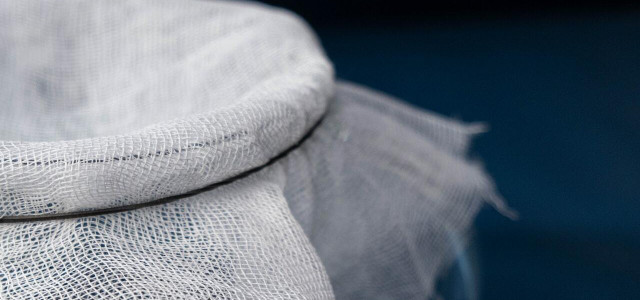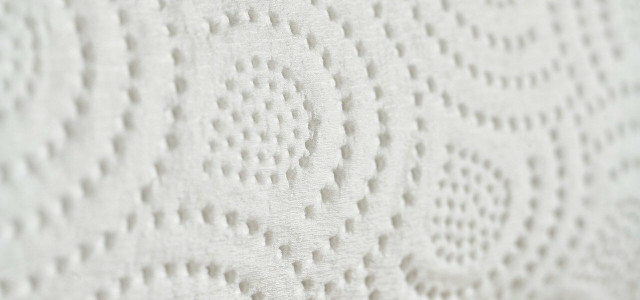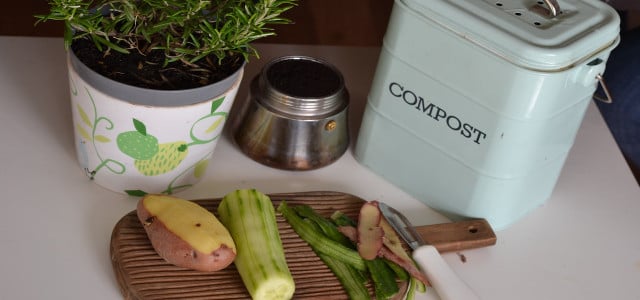Cheesecloth is a useful tool in the kitchen, but what can you use when you haven’t got any? Here are some cheesecloth alternatives you can try.
Cheesecloth is gauze-like, woven cotton cloth mainly used in cheese making, but it has become a useful tool in other recipes as well. They’ve been a staple of food preparation for centuries, but these days, many of us don’t have one to hand. The good news is that you don’t need to rush out to buy cheesecloth as there are many substitutes you probably already have around your home.
The substitute that you choose is going to depend on the recipe requirements, however, you can choose to use two or more of these replacements together to get the results you’re after.
1. Kitchen Towel
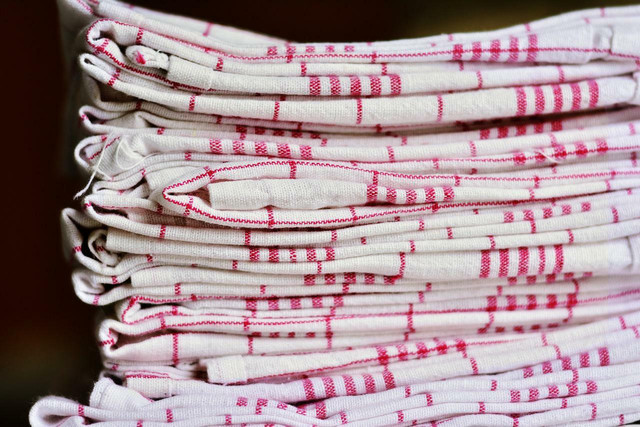
Kitchen towel has a very similar weave to cheesecloth and is easy to find in any kitchen. Be careful of using colorful kitchen towels however, as they can potentially leak dyes onto your food. While the weave is similar, it is much thicker than cheesecloth, which means you have to squeeze harder to strain the liquid since the fibers are more prone to absorbing liquid.
You can use a kitchen towel as a substitute for cheesecloth when making most liquid products such as homemade apple cider vinegar. However, some weaves also might be too tight and could get clogged by some foods, such as oat and nut milks. Overall, it’s the best quick substitution for cheesecloth in a situation where you’re not trying to completely remove moisture from the food you’re a straining. It is also a quite sustainable option as a kitchen towel can be washed and reused as many times as necessary.
2. Paper Towels
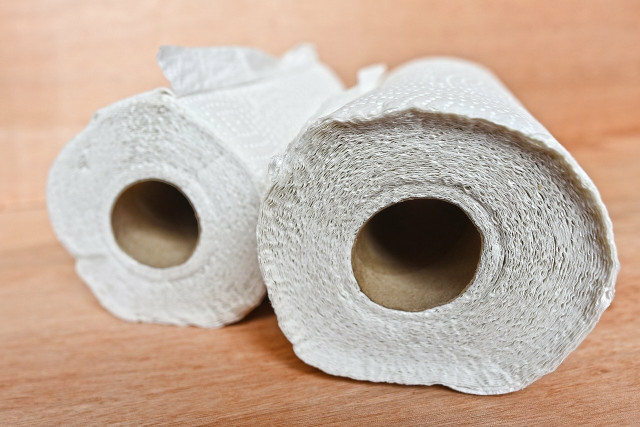


Paper towels are commonly found in the kitchen and can make a makeshift substitute for cheese cloth if you have no other options. There are several factors to consider when choosing this method. Cheaper paper towel will just disintegrate or tear when it comes into contact with lots of water and some dyes might leak onto your food. Even if you use high quality paper towels, these are more likely to absorb much of the liquid you’re trying to strain.
This option is useful for when you don’t have any kitchen towels handy, and you don’t mind losing most of the liquid from what you’re straining. In terms of sustainability, it is not really possible to reuse paper towel, in fact you have to use a large amount of paper towel if you want to avoid having mushy bits of paper in your food. Furthermore, unless you’re using unbleached, paper towels aren’t really biodegradable or recyclable.
3. Cotton, Muslin or Linen
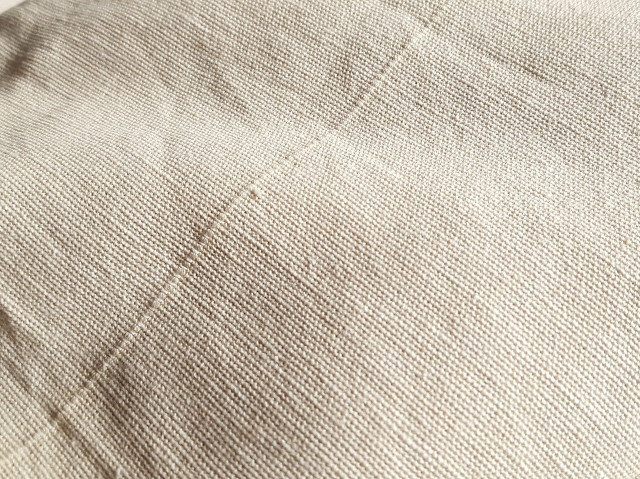


Cheesecloth is made of cotton, so naturally, cotton makes a good substitute. However, since cotton, muslin and linen all have similar weaves, you can use anything made of cotton, muslin, or linen. For example, bandanas, scrap fabric, a t-shirt, or a pillowcase. If you do choose this method, be aware that the food you’re straining might stain or warp the fabric.
We’d recommend using these fabrics for holding little bundles of herbs in a soup or for straining chunkier foods. They are also great for making homemade oat milk, however you might want to strain it twice to make sure you don’t get any sediment in the finished product. Cotton, muslin, and linen fabrics can be washed and reused as often as necessary.
4. Coffee Filters
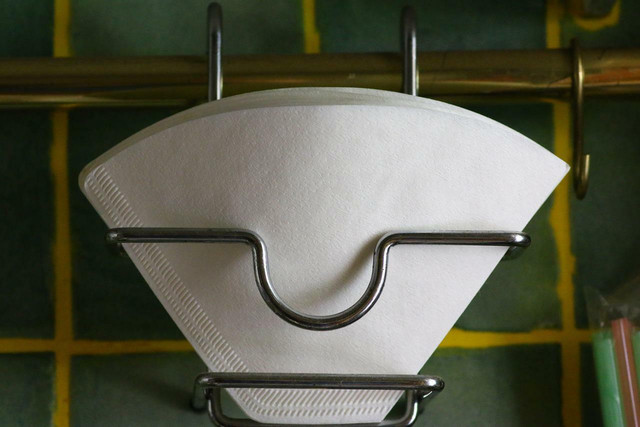


Coffee filters are made with the purpose of straining in mind. Therefore, they are super sturdy and stay intact when wet. The main disadvantages are that that is not as durable as cheesecloth, and it can only filter small amounts at a time.
If you want to strain something which is mainly liquid fairly quickly, coffee filters are your friend. Disposable coffee filters are not reusable, but they are usually biodegradable, check the packaging before adding to your compost. You could also use a reusable coffee filter, although depending on what you want to strain, it might be difficult to clean afterwards.
5. Mesh Bag
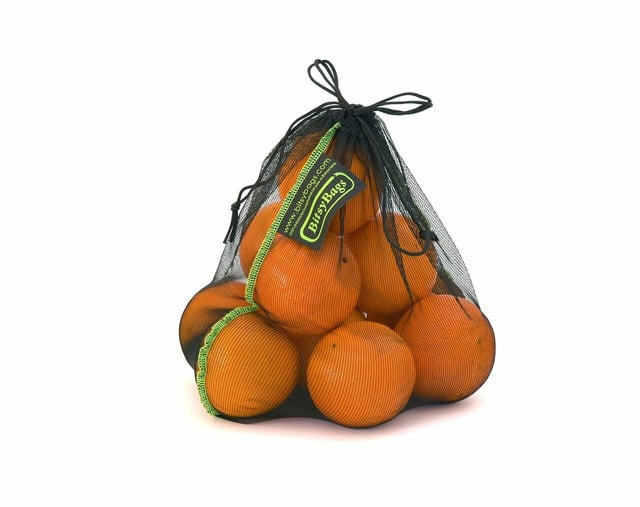


Mesh bags are multi-purpose and can be used for many other things other than cooking. They are long-lasting, durable, and easy to clean as you can just wash them with the rest of your clothes. The weave size and density varies and some might be too loose for fine straining, but there are many options out there. Another thing to consider is that these bags are usually made of nylon or some other plastic which might melt if used at high temperatures.
Bags like this can be used for staining, making cheese, and making oat and nut milk. They can also be used to hold loose produce at the grocery store for weighing and to protect your delicates when washing laundry. While these bags are infinitely reusable and multipurpose, they are typically made of nylon which is not biodegradable.
6. Pantyhose



Pantyhose have a super fine texture which will help you catch all the finer bits of food that need straining. However, they are also really flexible, which means if you squeeze too hard on them, the weave will open up and let more bits through, or worse, they will tear. Pantyhose are also often dyed and this could leak out on to your food.
They can be a helpful substitute for making cheese and homemade yogurts as well as for oat and nut milk as they won’t hold onto any moisture in the food. Similar to mesh bags, most pantyhose are made of nylon which is not biodegradable but as long as you don’t rip them, you can reuse a pantyhose multiple times.
7. Wire Sieve
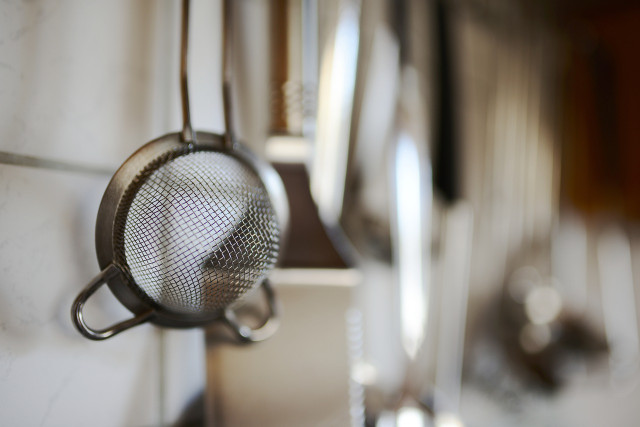


Wire sieves are good for getting rid of large clumps and can be used before any of the other methods on this list as a means of refining the texture of the food you’re straining. Most sieves are made of stainless steel and therefore are 100% food safe and extremely durable. The main disadvantage is that the looser weave cannot retain smaller particles.
Useful for broths and foods where you don’t mind smaller bits slipping though. They are also great at removing large clumps from dry foods such as flour and powdered sugar. Wire sieves are infinitely reusable and extremely durable and are a must-have staple of any kitchen.
8. Socks
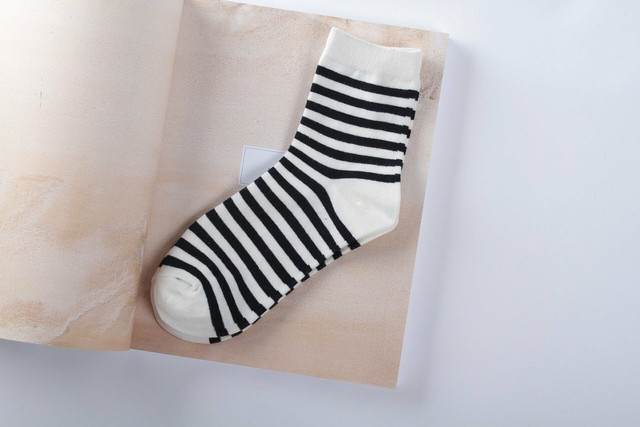


Socks are easy to find around your house. However, finding socks that you don’t mind repurposing but at the same time don’t have any holes might not be so easy. Clean socks can be useful for straining liquids as a last resort, but might not achieve the results you want. On the plus side, they’re easy to clean afterwards, though might become discolored depending on the food you strain through them.
9. Medical Gauze
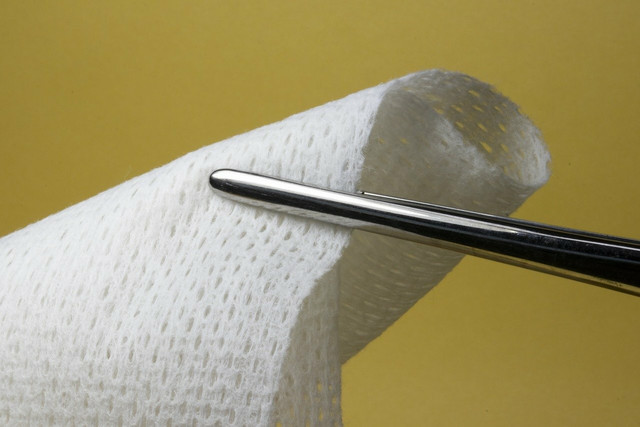


Normally found in any household first aid kit, you can use gauze as a substitution for cheesecloth since they both have a similar weave and fabric. The main difference is that medical gauze tends to have a very open weave, meaning you’ll need to layer at least 3 sheets together before you can use it effectively as a straining tool.
Once you’ve assembled your makeshift cheesecloth, you can use this to make homemade cheese, yogurt, butter, and anytime you need to strain something before baking – basically the same as regular cheesecloth! Unfortunately, medical gauze is not usually biodegradable, and it can be difficult to get multiple uses out of a sheet.
10. Jute Sack
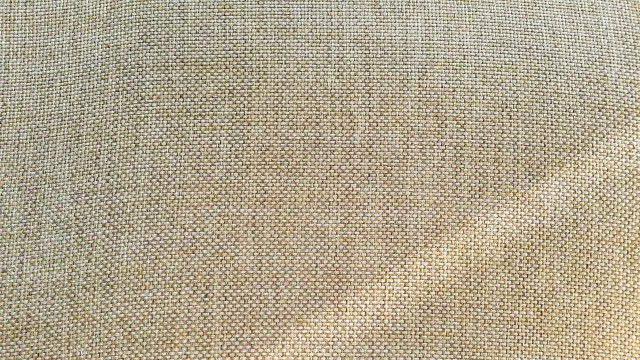


Often used for flour, grains, and coffee beans, jute sacks tend to have a thicker density than cheesecloth but still loose enough to strain liquids. Some jute sacks have quite loose weaves, in which case you can layer a few together to get a finer staining process. The main downside to this method is that it is not easily found in the home.
While they are useful for straining foods and liquids, jute sacks can also be used to protect food from flies and to help prove bread. They are also biodegradable and if you already have some lying about your home, repurposing materials is always a sustainable practice.
Read More:
- Storing Food Correctly: 7 Tricks for Vegetables, Fruits and Leftovers
- Foods that Never Expire: 8 Forever Foods for Your Kitchen
- Making Your Own Vegan Feta Cheese
Do you like this post?






